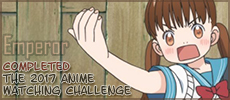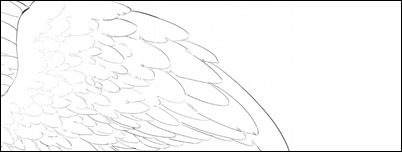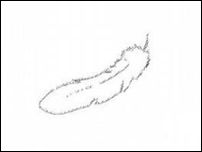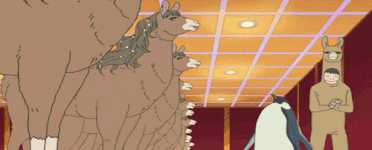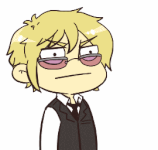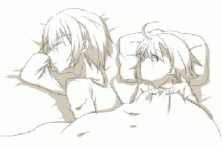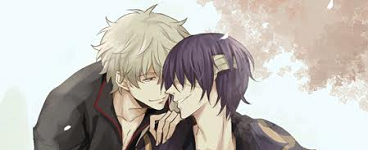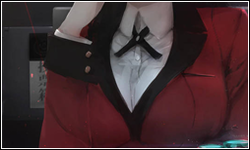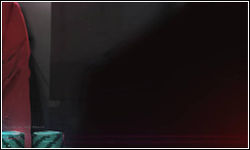Chihayafuru
DO NOT discuss the source material beyond this episode. If you want to discuss future events or theories, please use separate threads.
DO NOT ask where to watch/download this episode or give links to copyrighted, non-fair use material.
DO NOT troll/bait/harass/abuse other users for liking or disliking the series/characters.
DO read the Anime Discussion Rules and Site & Forum Guidelines.
DO NOT ask where to watch/download this episode or give links to copyrighted, non-fair use material.
DO NOT troll/bait/harass/abuse other users for liking or disliking the series/characters.
DO read the Anime Discussion Rules and Site & Forum Guidelines.
More topics from this board
Poll: » Chihayafuru Episode 5 Discussion ( 1 2 3 4 )tsubasalover - Nov 1, 2011 |
188 |
by graciana
»»
Oct 17, 12:21 PM |
|
Poll: » Chihayafuru Episode 25 Discussion ( 1 2 3 4 5 )tsubasalover - Mar 27, 2012 |
240 |
by Mikoshiba-san
»»
Sep 13, 10:52 PM |
|
Poll: » Chihayafuru Episode 13 Discussion ( 1 2 3 )tsubasalover - Jan 3, 2012 |
147 |
by Mikoshiba-san
»»
Sep 11, 11:42 AM |
|
Poll: » Chihayafuru Episode 22 Discussion ( 1 2 3 4 )tsubasalover - Mar 6, 2012 |
166 |
by LuxuriousHeart
»»
Aug 21, 11:53 PM |
|
Poll: » Chihayafuru Episode 21 Discussion ( 1 2 3 )tsubasalover - Feb 28, 2012 |
103 |
by LuxuriousHeart
»»
Aug 21, 11:28 PM |




